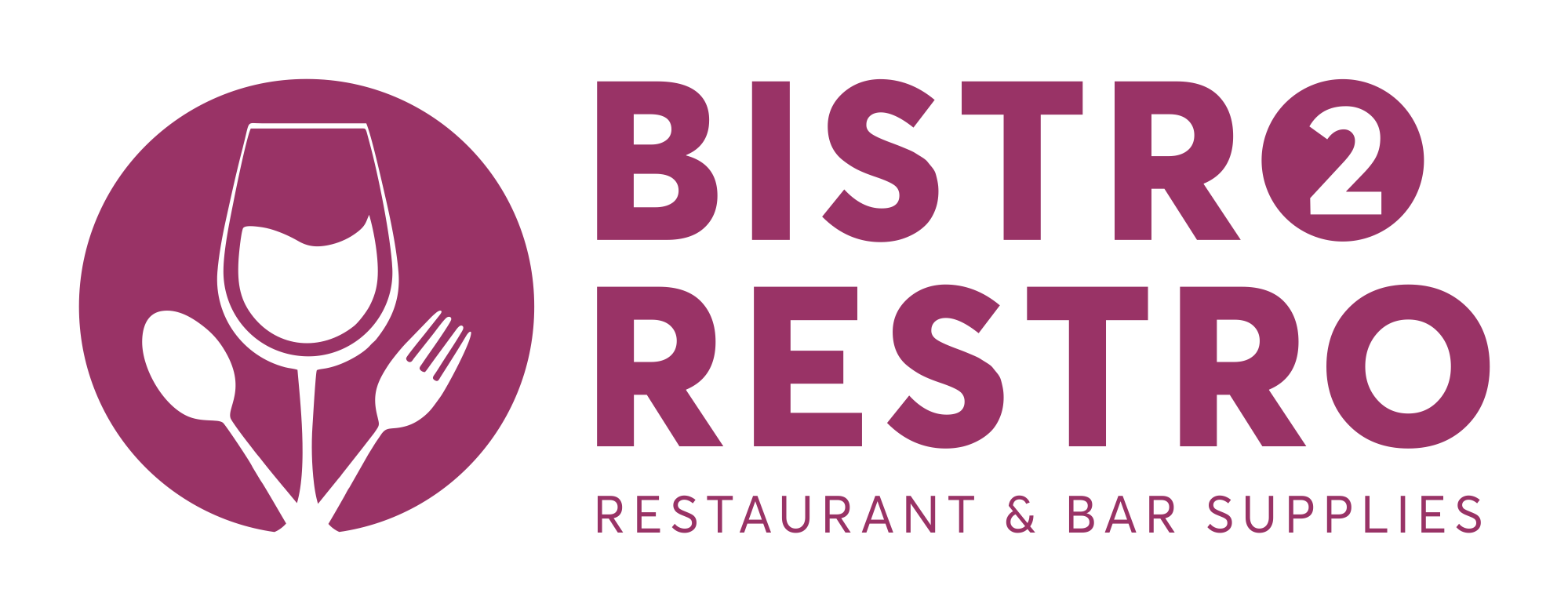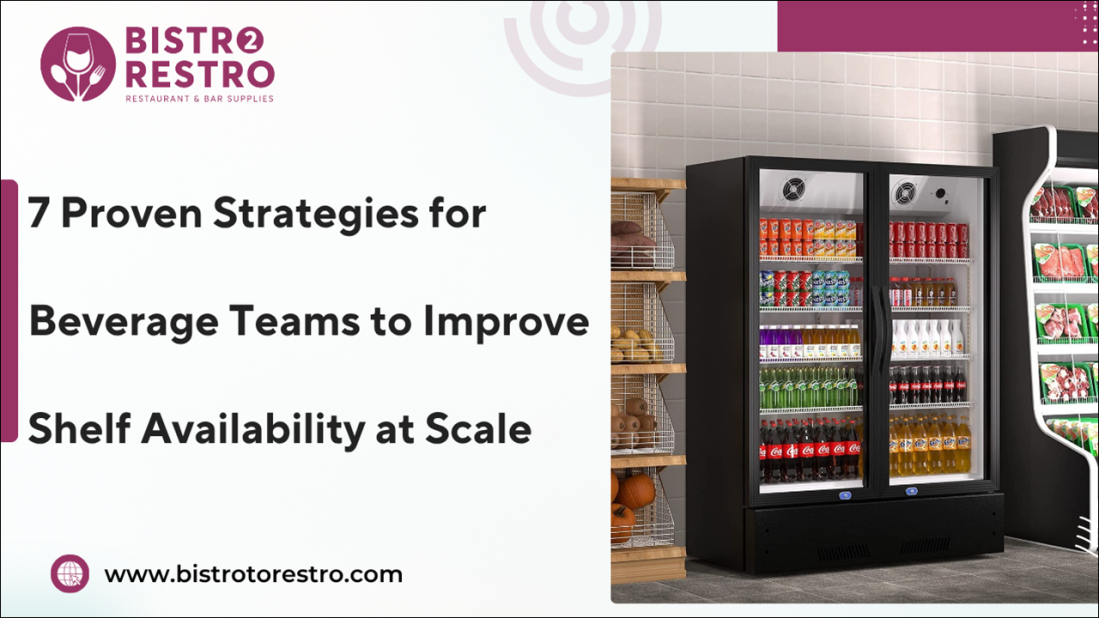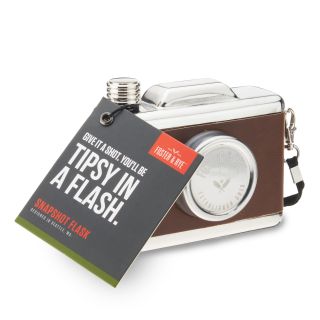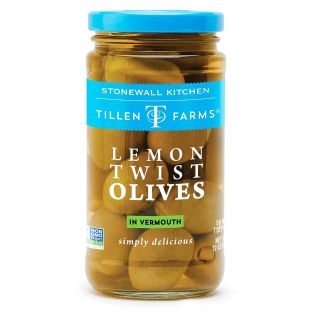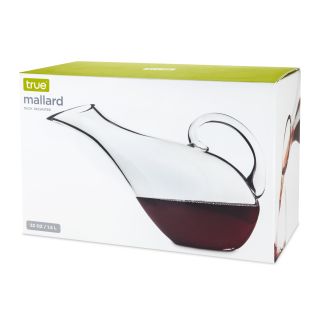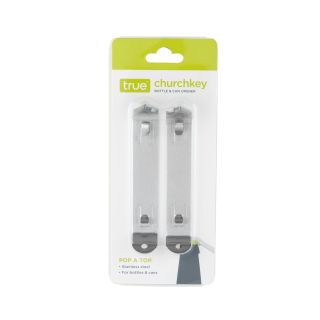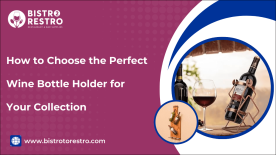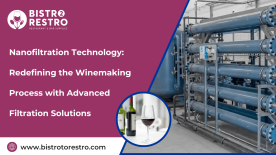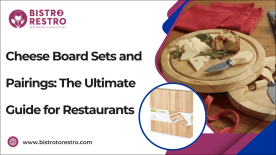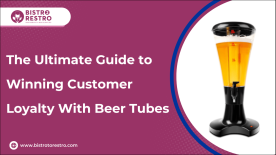In the fast-moving beverage industry, few challenges are as critical as ensuring on-shelf availability (OSA). Every time a shopper reaches for a product that isn’t there, the impact ripples across the business, resulting in lost sales, increased brand switching, diminished customer loyalty, and even strained relationships with retailers. Beverage brands operate in a category where impulse and loyalty meet head-on, making every out-of-stock moment a direct threat to both revenue and reputation.
Scaling OSA performance across thousands of stores and multiple markets is no easy feat. From tracking real-time shelf conditions to managing retailer collaboration, the complexity often leads to inefficiencies that compromise growth. In this blog, we’ll explore seven proven strategies that empower beverage companies to achieve consistent shelf availability at scale.
Strategy 1: Use Shelf Intelligence & Real-Time Reporting
Staying close to shelf conditions is the foundation of effective OSA management. Shelf intelligence tools give teams visibility into planogram compliance, stock gaps, and competitor activity.
By integrating real-time reporting, beverage teams can understand assortment trends, track pricing moves, and detect display execution gaps before they snowball into lost sales.
For example, platforms that combine photo capture, image recognition, and automated audits enable brands to identify gaps instantly. Retailers benefit as well, with proof-based reporting that encourages accountability on both sides.
At scale, this means rolling out systems that connect store-level insights with HQ dashboards. When a merchandiser identifies an empty slot, the system can trigger immediate alerts to the supply chain and sales teams.
This reduces the lag between detection and action, ensuring shelves stay stocked even during peak demand. Companies leveraging this approach report not only better OSA but also improved promotional ROI, as shelves remain prepared to absorb increased shopper traffic.
Finding the Perfect Spot: How to Choose the Right Location for Your Bar Business
Strategy 2: Leverage Strong Retailer Partnerships & Alignment
Retailer collaboration drives sustainable shelf performance. Without alignment, even the most advanced internal tools can fall short.
The most successful beverage companies co-plan promotions, displays, and replenishment strategies with retail partners.
This ensures that incentives align retailers to see higher traffic and sales, while brands enjoy consistent visibility. Joint scorecards and shared accountability keep both sides focused on measurable outcomes.
Strong partnerships reduce the friction of managing thousands of accounts. Retailers are more likely to allocate premium shelf space when they trust a brand’s ability to execute.
Collaboration allows for tailored inventory commitments, ensuring that high-volume stores receive the right level of supply while preventing overstocking in smaller outlets.
For beverage teams, this not only boosts OSA but also strengthens brand equity with retail partners, a crucial advantage in competitive categories.
Strategy 3: Optimize Field Execution & Merchandising Discipline
No matter how smart the systems are, shelf conditions ultimately depend on execution in the field. Merchandising discipline ensures that the last mile of distribution translates into sales.
Regular field audits, display checks, and compliance reviews help maintain the integrity of shelf plans. Equipping field reps with mobile tools for photo capture and feedback loops allows teams to validate execution in real time. Instead of waiting for monthly reports, brands can act immediately when something is off-plan.
Empowering store teams or third-party merchandisers with these capabilities ensures consistency across regions. Beverage teams can also create a competitive advantage by embedding incentives for flawless execution.
When reps know that well-executed displays directly affect performance metrics, they are more likely to prioritize compliance. This boots-on-the-ground discipline not only maximizes shelf availability but also keeps promotional programs delivering at their full potential.
Strategy 4: Prioritize High-Impact Accounts with Higher Visit Frequency
Not all accounts are created equal , and beverage teams must focus resources where the returns are greatest. By identifying high-value accounts, brands can maximize OSA impact with precision.
The Pareto principle applies, 20% of accounts often generate 80% of revenue. By segmenting stores based on volume, growth potential, and strategic importance, teams can increase visit frequency for these key outlets.
More touchpoints mean faster response times to shelf gaps, better execution of displays, and closer monitoring of promotions.
This strategy ensures that the biggest drivers of revenue are always optimized. Secondary accounts still receive coverage, but with leaner execution models. This targeted approach prevents wasted effort and ensures that every merchandising hour generates maximum sales lift. Beverage companies that adopt this strategy often see measurable improvements in both shelf availability and overall profitability.
Strategy 5: Automate Data Capture & CRM Updates
Manual reporting is slow, error-prone, and unsustainable at scale. Automating data capture streamlines the process and ensures more accurate insights.
Mobile tools with voice recognition, image scanning, and geolocation tracking allow reps to log store visits seamlessly.
Instead of spending hours on data entry, reps can focus on value-added activities like fixing gaps or optimizing displays. Real-time updates to CRM systems also eliminate delays in communication between the field and HQ.
Automation delivers more than efficiency. It provides the foundation for predictive analytics, demand sensing, and smarter resource allocation. With cleaner, real-time data, forecasting accuracy improves, enabling supply chains to anticipate demand spikes before they occur.
Beverage companies leveraging this strategy often report significant reductions in out-of-stocks, improved salesforce productivity, and enhanced visibility across regions.
How to Reduce Inventory Shrinkage with Real-Time Beverage Tracking
Strategy 6: Use Predictive Analytics & Demand Sensing
Reactive replenishment is no longer enough in today’s volatile market. Predictive analytics empowers beverage teams to stay ahead of demand shifts.
By forecasting demand at the SKU and store level, brands can move beyond relying solely on historical averages.
Integrating retailer POS data, supply chain inputs, and external factors (like seasonality or local events) provides a more holistic view of demand. Demand sensing technology can trigger automated replenishment, ensuring safety stock levels are optimized without creating excess inventory.
Predictive analytics requires harmonizing data across retailers and regions, a challenge worth tackling. Companies that successfully implement these systems gain agility, reducing both stockouts and overstocks.
For beverage teams, this translates into stronger customer loyalty, higher revenue capture, and a reputation for reliability with retail partners. Predictive tools transform OSA from a reactive struggle into a proactive advantage.
Strategy 7: Equip Your Team with Sales Intelligence Tools
Even the best strategies falter without empowered teams. Sales intelligence tools enable reps to make smarter, faster decisions in the field.
Modern platforms provide opportunity scoring, recommended next actions, and territory heat maps. With real-time alerts on shelf gaps or competitor activity, reps act as “mini-analysts,” driving execution with precision. These tools don’t just provide data; they offer decision support that makes every visit more impactful.
Sales intelligence creates a culture of proactive problem-solving. Beverage reps become strategic partners for retailers rather than just order takers. This positions the brand as innovative and responsive, deepening trust with retail stakeholders.
By turning data into action, beverage companies gain a competitive edge that directly strengthens shelf availability and sales performance.
The Ultimate Guide to Restaurant Supplies: Everything You Need to Know
Implementation Considerations & Common Pitfalls
Rolling out these strategies across large markets requires thoughtful change management. Teams must be trained, motivated, and equipped to adapt to new tools and processes.
Data cleanliness is another common hurdle. Even the most advanced analytics are only as good as the data feeding them. Integration across multiple retailers and internal systems also presents challenges.
Success lies in orchestration. Leaders must ensure that technology, people, and processes move in harmony. Phased rollouts, strong feedback loops, and constant monitoring of KPIs are crucial to avoid missteps and maintain momentum.
Improving shelf availability at scale requires more than a single lever — it’s the coordinated execution of multiple strategies. From real-time shelf intelligence to predictive analytics and strong retailer partnerships, each approach contributes to consistent on-shelf presence and stronger brand performance.
For beverage teams, the payoff is clear: fewer lost sales, happier retailers, and more loyal customers. The key is to start with one or two strategies, pilot them, and then scale across markets. Shelf availability may seem like a challenge of logistics, but in reality, it is a driver of brand trust and profitability.
BistroToRestro offers top-quality products, including beer accessories, liquor accessories, serveware, and wine accessories, to elevate your dining and drinking experience. With a wide range of professional-grade supplies
References:
https://www.cspi.org/
https://endeavor.org/
FAQs
How can beverage teams use AI / predictive analytics to forecast out-of-stock risks?
This explores how advanced forecasting models can flag potential stockouts before they happen.
What incentives are deployed to support consistent shelf execution?
This addresses structural or partnership tactics — e.g., co-funded audits, performance bonuses, joint operating agreements.
